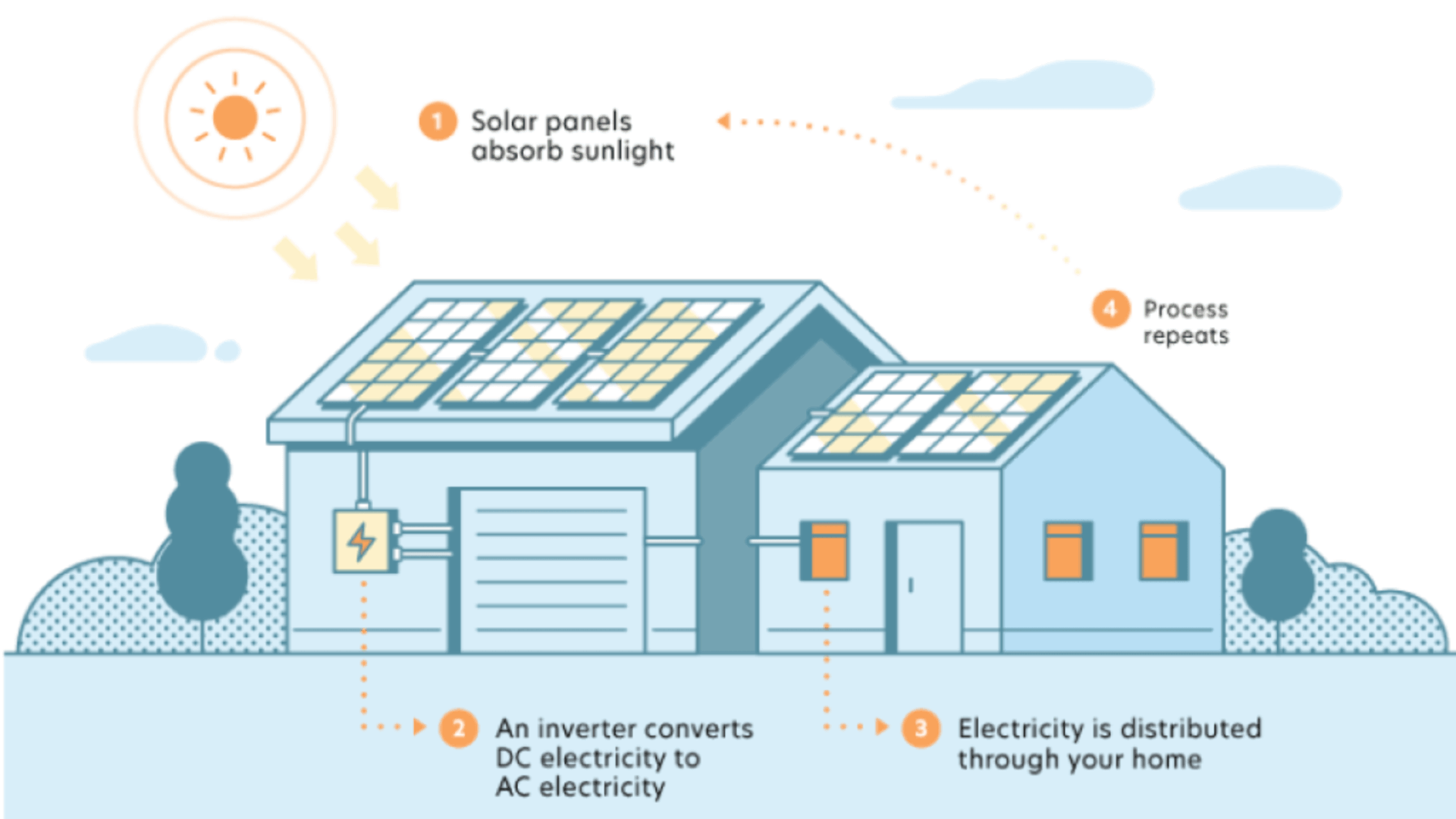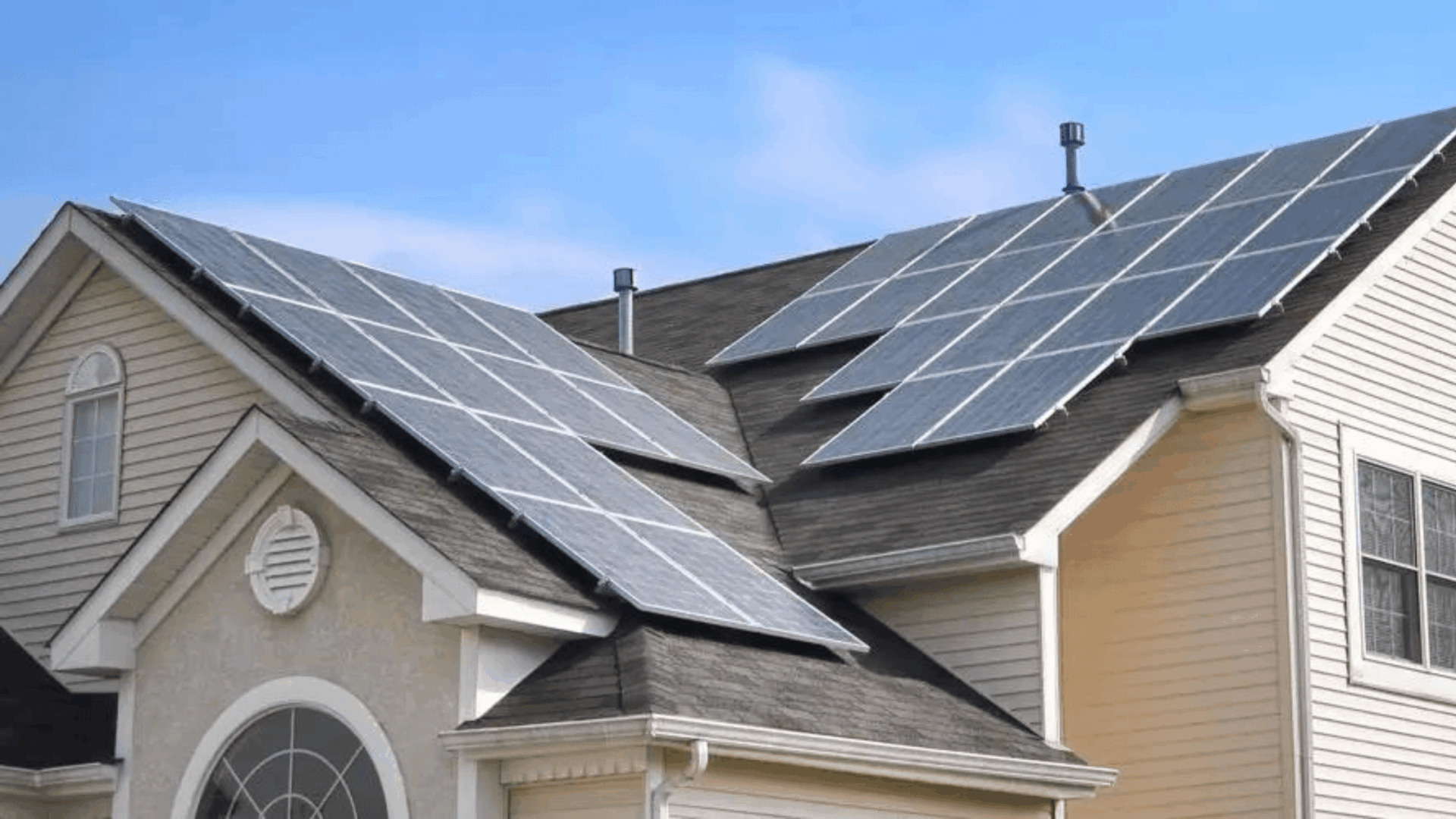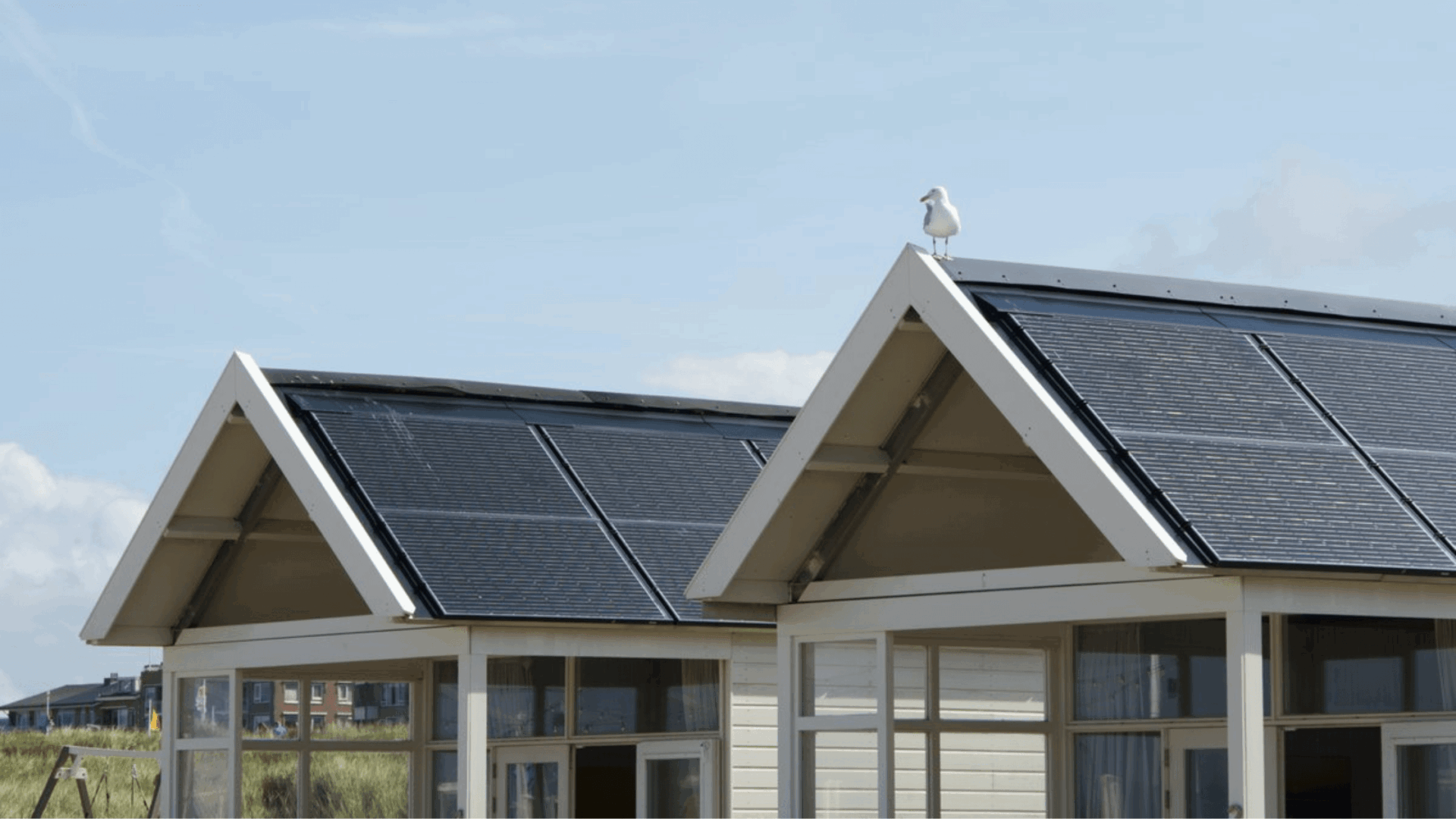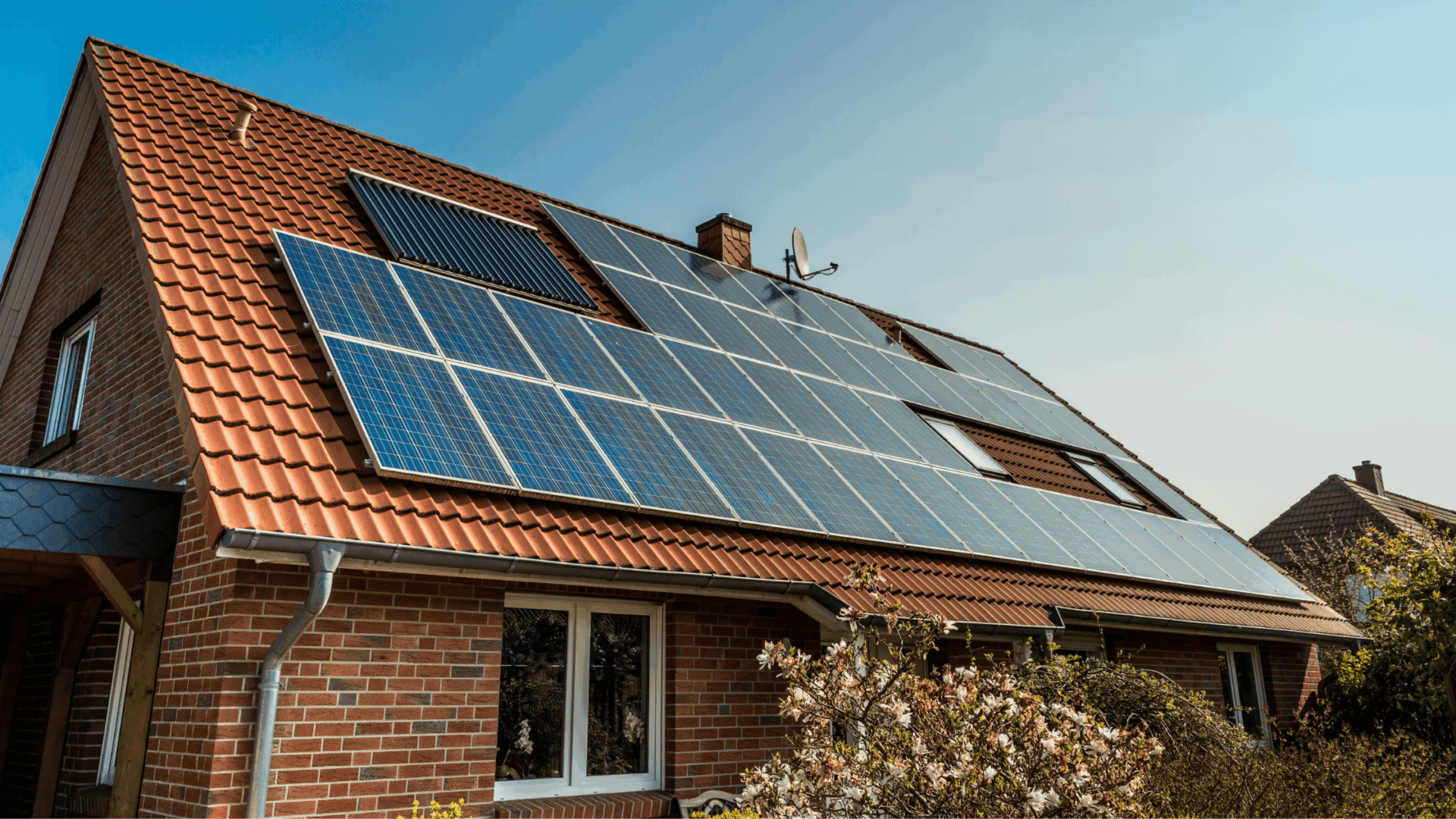Ah, Australia! A continent kissed by the sun, where clear blue skies dominate the landscape for a better part of the year. For many Aussies, this means beach days and barbies. But what if we told you that this sunshine is also one of Australia’s most untapped resources? Enter solar panels, the tech-savvy devices converting our sunlit days into a powerhouse of energy. But how do they work? Let’s dive into the nitty-gritty of solar panels, Aussie style.
The Basics: Photovoltaic Cells
At the heart of every solar panel lies the photovoltaic (PV) cell. This tiny device is the magic behind converting sunlight into electricity. PV cells are made primarily of semiconductor materials, usually silicon. When sunlight hits these cells, it energizes the electrons within them, creating an electric current.
From Sun to Socket: The Process
- Absorption of Light: Sunlight consists of particles called photons. When these photons hit the solar panel, they release their energy onto the PV cells.
- Creation of Electron-Hole Pairs: This energy excites the electrons in the semiconductor material, causing them to jump and leave behind ‘holes’.
- Flow of Current: External circuits in the solar panels channel these excited electrons, creating an electric current.
- Conversion to Usable Power: This direct current (DC) is then passed through an inverter, transforming it into alternating current (AC), the form of electricity households typically use.
Aussie Advantages: High Solar Irradiance
Australia boasts one of the highest solar irradiances globally, meaning we receive a significant amount of solar energy per square metre. This factor makes Australia particularly well-suited for solar power generation, leading to efficient energy yields even with smaller solar installations.
Factors Affecting Efficiency
While Australia’s sunny disposition is a clear advantage, several factors can affect a solar panel’s efficiency:
- Angle and Orientation: In Australia, solar panels should typically face north for optimal sunlight exposure.
- Temperature: Interestingly, while sunlight is crucial, extremely high temperatures can reduce solar panel efficiency.
- Dirt and Debris: Regular cleaning ensures that panels absorb maximum sunlight.
Benefits for the Aussie Homeowner
- Reduced Energy Bills: By generating your electricity, you can drastically reduce or even eliminate your power bills.
- Feed-in Tariffs: Excess energy generated can be sold back to the grid, creating an additional income stream for many households.
- Environmental Impact: Solar panels produce green, clean energy, reducing the household’s carbon footprint.
- Increase in Property Value: Homes equipped with solar panels often fetch a higher market value.
In Conclusion
Solar panels, with their ability to harness the sun’s energy, offer a promising solution to Australia’s energy needs. Their science might seem complex, but the outcome is simple: clean, efficient energy derived from our most abundant natural resource. For Aussies looking to make the switch, understanding how solar panels work is the first step towards a brighter, more sustainable future. G’day, solar!









